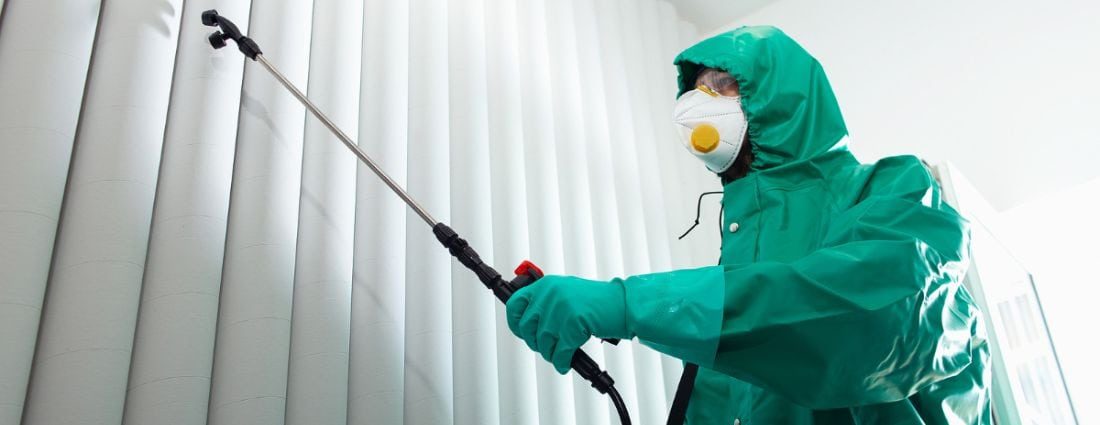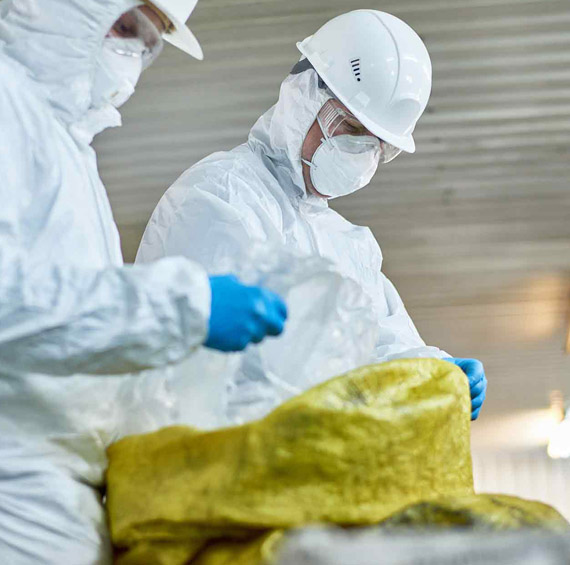Biohazard Removal: Safe Handling and Disposal of Hazardous Products
Professional Biohazard Cleaning and Decontamination for Blood, Bodily Fluids, and Hazardous Materials
The possible health dangers linked with exposure to biohazards highlight the critical requirement for careful handling and thorough clean-up. As we browse the detailed landscape of biohazard cleanup, comprehending the subtleties of regulations, compliance, and the specific tools at play becomes vital in making certain a risk-free and detailed purification process.
Health Dangers of Biohazard Direct Exposure
Exposure to biohazards positions considerable wellness risks that can result in extreme effects for communities and people alike. Biohazards incorporate a variety of organic substances, consisting of blood, physical fluids, mold, germs, infections, and various other potentially contagious products. When individuals enter into contact with these biohazards, whether with mishaps, inappropriate handling, or environmental exposure, they face the danger of contracting major illnesses or conditions.
One of the key wellness threats related to biohazard exposure is the transmission of infectious illness. Bloodborne microorganisms such as HIV, liver disease B and C, and numerous microorganisms can be present in biohazardous materials, presenting a direct risk to human health and wellness. Inhaling air-borne biohazards like mold and mildew spores or entering contact with contaminated surface areas can likewise cause respiratory concerns, allergic reactions, and other adverse wellness impacts.
Additionally, biohazard direct exposure can have long-lasting health effects, with some illness manifesting years after the first get in touch with (Blood Cleanup). For that reason, it is essential to focus on appropriate biohazard cleaning and purification to mitigate these wellness dangers and ensure the safety and security of neighborhoods and individuals

Specialized Training for Biohazard Cleaning
When it concerns taking care of biohazard clean-up successfully and safely, specialized training plays a fundamental function in ensuring correct decontamination treatments are adhered to. Biohazard cleanup requires details understanding and abilities to properly mitigate risks linked with bloodborne pathogens, physical liquids, and harmful products. Specialists learnt biohazard cleanup go through rigorous guideline on how to safely deal with, get rid of, and throw away biohazardous products to stop contamination and exposure.
Specialized training for biohazard cleaning covers a series of vital topics, including correct individual safety tools (PPE) use, bloodborne virus recognition, purification methods, and contaminated materials disposal procedures. Individuals trained in biohazard cleanup are geared up with the required experience to analyze contamination degrees, recognize prospective hazards, and implement ideal cleaning treatments in conformity with regulative requirements.
Continuous training and education are paramount in the area of biohazard cleaning to remain updated on the most current decontamination innovations, safety protocols, and laws. By spending in specialized training, biohazard clean-up experts can efficiently react to emergency cleaning circumstances and protect both public health and the environment.
Significance of Proper Purification Strategies
Making use of correct purification strategies is vital in biohazard cleaning to successfully lessen and remove hazardous materials wellness risks. Effective purification not just makes sure the removal of visible traces of blood, physical liquids, and various other biohazards however likewise targets undetectable microorganisms that may posture severe health and wellness threats if not properly removed. By complying with stringent purification methods, trained specialists can substantially decrease the threat of direct exposure to harmful microorganisms, viruses, and bacteria that might result in infections or diseases.
Proper purification techniques entail making use of customized equipment and disinfectants that are especially created to neutralize biohazards effectively. Thorough cleansing and disinfection of polluted areas are important to stop the spread of microorganisms and make certain a secure atmosphere for occupants. Additionally, the proper disposal of biohazardous waste following purification procedures is essential in avoiding contamination of other surface areas or individuals.

Tools and Devices for Safe Cleanup
When dealing with blood, physical liquids, or dangerous products, biohazard cleaning experts count on specialized equipment to reduce direct exposure threats and thoroughly sanitize the damaged area. Furthermore, biohazard cleansing kits including anti-bacterials, absorbent materials, and biohazard look at this website bags are made use of to safely get rid of and consist of of contaminated products.
Advanced cleansing tools like hospital-grade anti-bacterials, HEPA-filtered vacuums, and misting devices are used to sterilize surface areas and remove biohazards successfully. Specialized equipment such as sharps containers and biohazard garbage disposal bins are used to securely manage sharp items and biohazardous waste products. By utilizing the best tools and tools, biohazard cleansing professionals can make sure a complete cleanup process that prioritizes safety and security and minimizes health and wellness dangers for both employees and owners of the affected space.
Regulations and Compliance in Biohazard Cleansing
Correct adherence to regulations and compliance requirements is paramount in biohazard cleaning to make sure the safety and security of both personnel and the environment. Federal government companies such as OSHA (Occupational Security and Wellness Management) and the EPA (Environmental Protection Firm) have actually developed details guidelines for biohazard cleaning procedures to reduce health risks and environmental contamination. These policies cover a variety of aspects consisting of the handling, transport, and disposal of biohazardous products, along with the needed training and protective equipment required for personnel associated with the clean-up process.
Biohazard cleaning companies have to remain updated with continue reading this these policies to guarantee that their operations fulfill the called for security standards. Failing to adhere to these guidelines can lead to severe consequences, consisting of fines, lawsuit, and threatening the health of people and the setting. By complying with stringent regulations and compliance actions, biohazard cleaning firms can properly alleviate dangers and ensure a safe and complete cleanup procedure for all celebrations involved.
Conclusion
In verdict, biohazard cleaning and purification call for customized training, appropriate techniques, and adherence to laws. Exposure to blood, physical fluids, and hazardous products positions substantial health and wellness threats, making it important to make use of the best tools and devices for safe clean-up. By following stringent methods and standards, experts can effectively minimize the dangers connected with biohazard exposure and ensure the security of both themselves and others.
As we navigate the detailed landscape of biohazard clean-up, recognizing the click for more subtleties of guidelines, conformity, and the specific devices at play ends up being vital in making sure a risk-free and thorough purification procedure. (Blood Cleanup)
When it comes to managing biohazard clean-up successfully and safely, specialized training plays a fundamental function in ensuring correct decontamination treatments are complied with.Using appropriate purification methods is critical in biohazard cleanup to efficiently reduce and eliminate hazardous products health and wellness dangers. Furthermore, biohazard cleaning packages having anti-bacterials, absorptive materials, and biohazard bags are used to securely dispose and have of polluted products.
Government firms such as OSHA (Occupational Safety And Security and Wellness Administration) and the EPA (Environmental Security Company) have established details standards for biohazard cleanup procedures to minimize wellness dangers and environmental contamination.